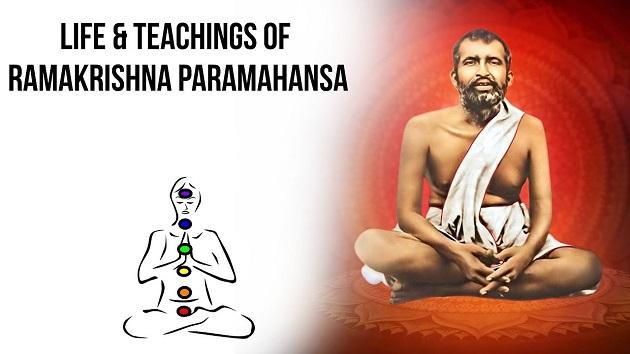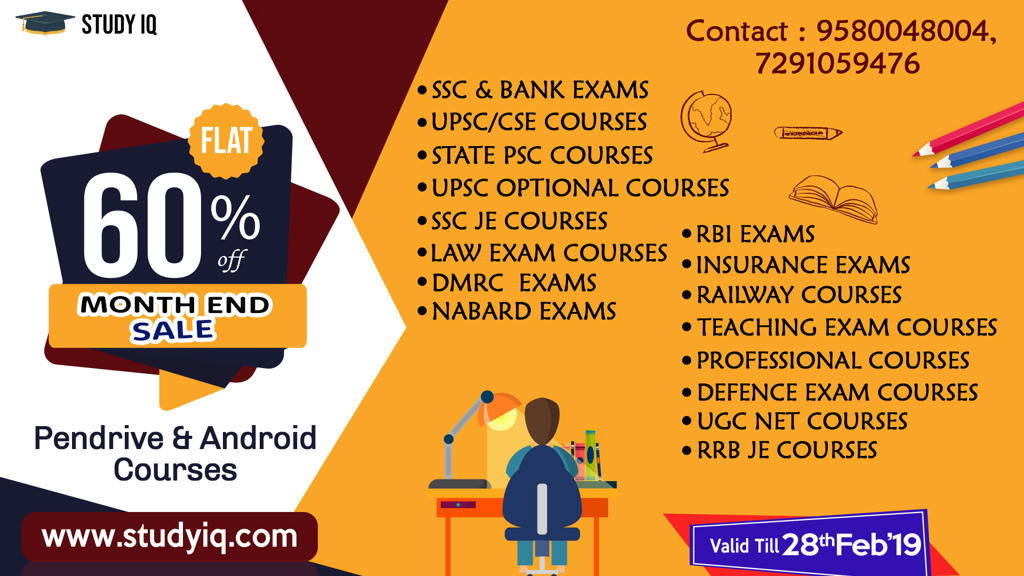Table of Contents
EARLY LIFE
- Ramakrishna was born on 18 February 1836, in the village of Kamarpukur, in the Hooghly district of West Bengal, into a very poor, pious, and orthodox Brahmin family.
- His parents were Khudiram Chattopadhyay and Chandramani Devi. According to his followers, Ramakrishna’s parents experienced supernatural incidents and visions before his birth.
- Although Ramakrishna attended a village school with some regularity for 12 years, he later rejected the traditional schooling saying that he was not interested in a “bread-winning education”.
- He became well-versed in the Puranas, the Ramayana, the Mahabharata, and the Bhagavata Purana, hearing them from wandering monks and the Kathaks.
- Ramakrishna’s father died in 1843, after which family responsibilities fell on his elder brother Ramkumar. This loss drew him closer to his mother, and he spent his time in household activities
PRIEST
- Ramkumar started a Sanskrit school in Kolkata and also served as a priest. Ramakrishna moved to Kolkata in 1852 with Ramkumar to assist in the priestly work.
- In 1855 Ramkumar was appointed as the priest of Dakshineswar Kali Temple. Ramakrishna, along with his nephew Hriday, became assistants to Ramkumar, with Ramakrishna given the task of decorating the deity. When Ramkumar died in 1856, Ramakrishna took his place as the priest of the Kali temple.
MARRIAGE
- Rumors spread to Kamarpukur that Ramakrishna had become unstable as a result of his spiritual practices at Dakshineswar.
- The five-year-old bride, Saradamani Mukhopadhyaya (later known as Sarada Devi) was found and the marriage was duly solemnised in 1859.
- Ramakrishna was 23 at this point, but the age difference was typical for 19th century rural Bengal.
- Ramakrishna became a very influential figure in Sarada’s life, and she became a strong follower of his teachings.
RELIGIOUS PRACTICES
- After his marriage Ramakrishna returned to Kolkata and resumed the charges of the temple again, and continued his sadhana.
- He worshiped Rama with the attitude of Hanuman, who is considered to be the ideal devotee and servant of Rama. According to Ramakrishna, towards the end of this sadhana, he had a vision of Sita, the consort of Rama, merging into his body.
- In 1861, Ramakrishna accepted Bhairavi Brahmani, an orange-robed, middle-aged female ascetic, as a teacher.
- She carried with her the Raghuvir Shila, a stone icon representing Ram and all Vaishnava deities.
- The Bhairavi initiated Ramakrishna into Tantra. Tantrism focuses on the worship of shakti .Under her guidance, Ramakrishna went through sixty four major tantric sadhanas which were completed in 1863.
- In 1864, Ramakrishna practised vātsalya bhāva under a Vaishnava guru Jatadhari.During this period, he worshipped a metal image of Ramlālā (Rama as a child) in the attitude of a mother. According to Ramakrishna, he could feel the presence of child Rama as a living God in the metal image.
- Ramakrishna later engaged in the practice of madhura bhāva, the attitude of the Gopis and Radha towards Krishna.
- In 1865, Ramakrishna was initiated into sannyasa by Totapuri, an itinerant monk who trained Ramakrishna in Advaita Vedanta, the Hindu philosophy which emphasises non-dualism.
- Totapuri stayed with Ramakrishna for nearly eleven months and instructed him further in the teachings of advaitaISLAM AND CHRISTIANITY
- Hindu guru who practised Sufism, initiated Ramakrishna into Islam, and he practiced Islam for three days. During this practice, Ramakrishna had a vision of a luminous figure, and Swami Nikhilananda’s biography speculates that the figure was ‘perhaps Mohammed‘
- At the end of 1873 he started the practice of Christianity, when his devotee Shambhu Charan Mallik read the Bible to him.
Biography Free PDF


























 WhatsApp
WhatsApp